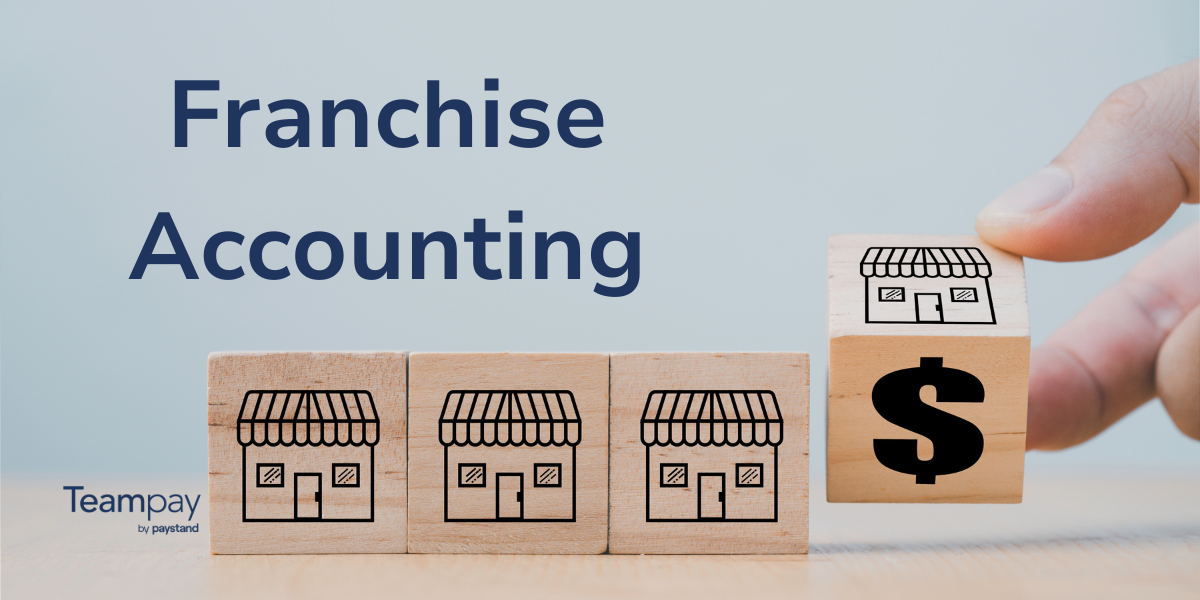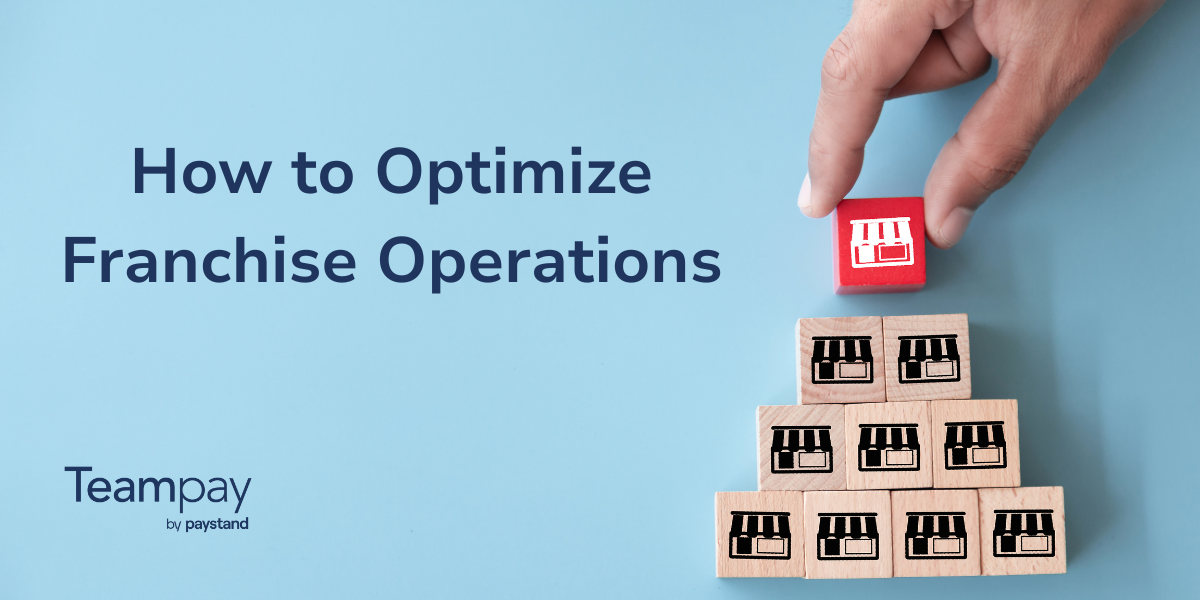Table of Contents
Key Takeaways
- Finance automation goes beyond digital data entry, and enables teams to simplify otherwise costly manual processes.
- Automation can be applied across multiple tasks, such as payroll, expense management, and ledger reconciliation.
- Challenges to finance automation can be overcome through adhering to best practices and forward-focused thinking.
Finance automation isn’t new — but its impact is becoming more and more clear to CFOs. While less than half of CFOs say that less than a quarter of their processes are automated, finance automation has been shown to reduce time spent on tasks by up to 40%.
It’s clear that financial automation isn’t just a buzz word—it offers tangible results to companies of all sizes. However, implementing automation into your finance workflow requires more forethought than selecting the initial software.
In this article, we’ll cover everything you need to know about finance automation, common challenges to adoption, and best practices to overcome them.
What Is Financial Automation?
Financial automation is the practice of designing and implementing a system to streamline and scale financial operations. Organizations looking to automate their finance or accounting processes can leverage software and plugins to easily scale their current workflow.
There are many reasons to apply automation to finance, such as lowering costs, accelerating cash flow, reducing errors, scaling growth, and boosting compliance.
And automation isn’t limited to invoicing or data entry. You can leverage automation in your organization, such as in:
- Budgeting
- Accounts payable
- Accounts receivable
- Expense management
- Financial reporting and forecasting
- Fraud detection
- Payroll
- Procurement
- Reconciliation
- Tax compliance
Knowing where you want to implement automation is half the battle. How you plan to transform your processes is another story. This is where software comes in, and there are two major variations.
RPA vs. AI in Finance Automation
There are two primary methods to automate your workflow: RPA and AI.
Known as Robotic Process Automation (RPA) is the predecessor of AI. It uses structured inputs and rigid rules to streamline task completion. Artificial intelligence (AI), meanwhile, can leverage unstructured information and apply rules based on specific context.
Over time, AI has replaced some tasks automated with RPA. Yet, both remain popular choices for finance teams. For example, you may have a solution that uses RPA to streamline payment collection reminders but uses AI to reconcile bank statements and other financial data.
Challenges to Implementing Finance Automation
Knowing When to Use Automation
Not every task can or should be automated. It’s important to map our processes and select specific functions to be automated prior to implementing a new solution.
The most common items to automate tend to be in AP/AR operations, invoicing, and financial reporting. Time-consuming and manual tasks are often ideal for new automation projects.
Stakeholder Buy-in
From accounting staff to company executives, getting buy-in for automation can be challenging. While more and more finance leaders are looking to implement automation software, there often needs to be approval from the rest of the team for successful adaptation. In fact, according to a BCG study, leadership and middle management buy-in is critical for a successful transformation.
Building the Right Tech Stack
Finally, investigating automation solutions can mean switching out other elements of your tech stack. While most best-in-class have backward compatibility for legacy ERPs and software, some solutions may be too old to work properly. As a result, you may find yourself editing your tech stack on a larger scale as you improve your digital infrastructure.
5 Best Practices for Finance Automation
Finance automation is meant to reduce overwork and burnout, but simply installing a new software won’t be enough to get the full benefits of the technology. These 5 best practices can help you ensure your implementation is successful and that you get the most out of automation.
1. Implement Automation In Phases
It’s challenging and often inefficient to change all of your processes at the same time. It’s often more beneficial to automate one process at a time, glean insights from that adoption, and then use it to improve the next transition.
2. Leverage Team Trainings
Most best-in-class platforms offer training and materials for your team. Providing these training sessions early can prompt buy-in from your finance team and accelerate adoption.
3. Use Integrations
The right software is no longer used in isolation, but in conjunction with your other platforms. Leverage integrations to further automate workflows or data syncing. This way, even manual tasks can be accomplished faster.
4. Customize Your Workflow
Don’t be afraid to tailor your software to your process needs. Your automation solution is more likely to be accepted and adopted if it works well for your team. Make it as easy as possible to “say yes”, even if it means a little more time upfront.
5. Optimize Regularly
Both RPA and AI solutions require tweaking over time. And as processes change, it may be necessary to update your automation rails. Ideally, you will want to check on your automation processes every month or every quarter, especially in the early stages of implementation.
Turbocharge Your Accounting Workflow
Finance automation isn’t a one-size-fits-all solution. While there are numerous benefits to automating accounting and expense management, it is a tool to empower your accounting team. Rather than dwell on tedious data entry, your team can focus on high-value tasks that make a difference in your organizations' trajectory, from forming new vendor relationships to identifying growth opportunities.
But the right automation solutions make all of the difference.
Teampay offers a wide range of best-in-class features, including accounting and AP automation, spend management, PO approval and more. Discover how Teampay can take your accounting workflow to the next level and schedule a demo today.












